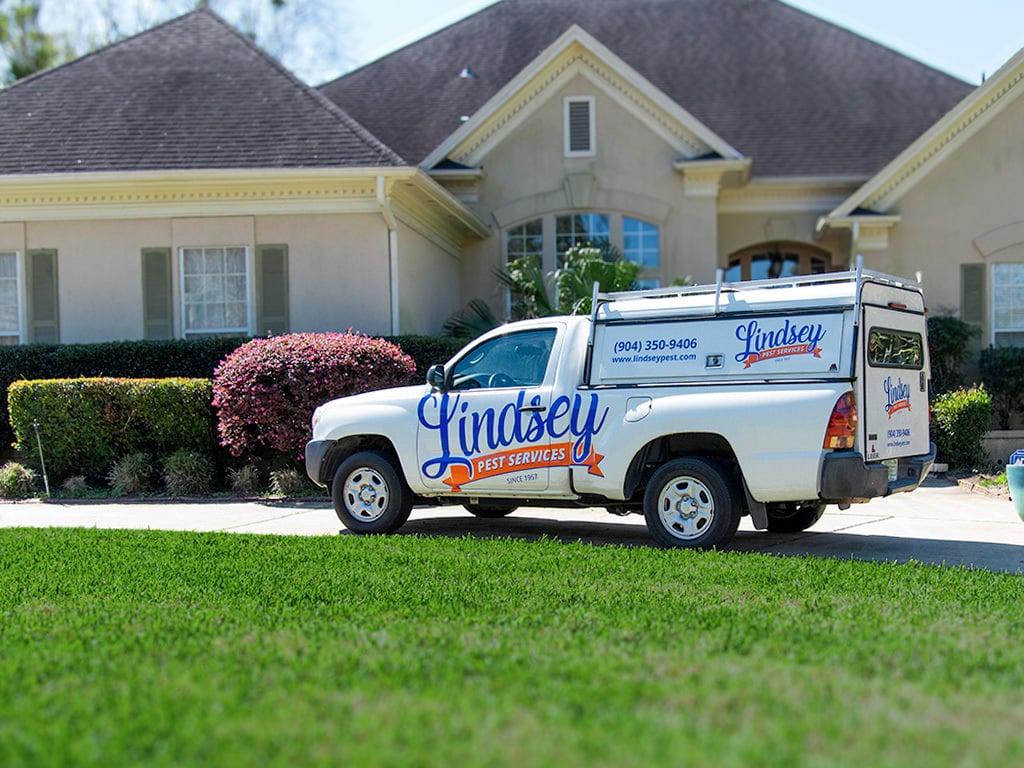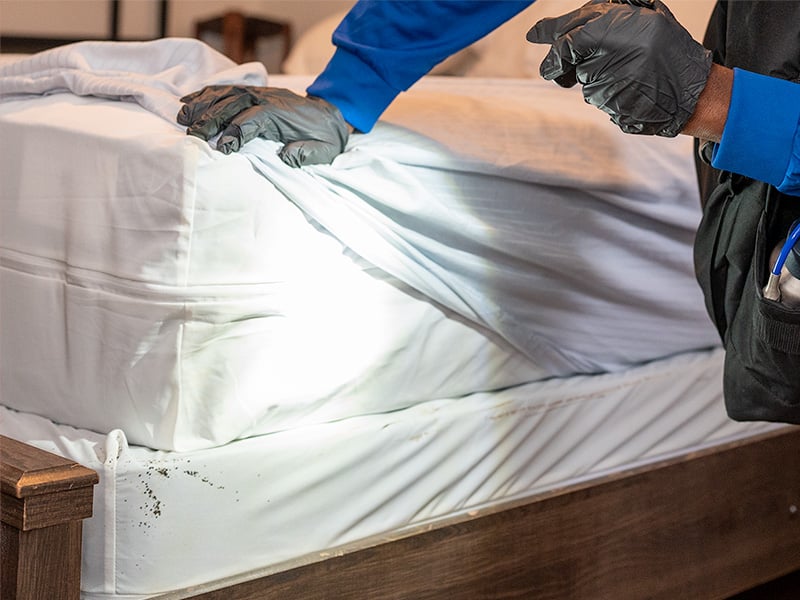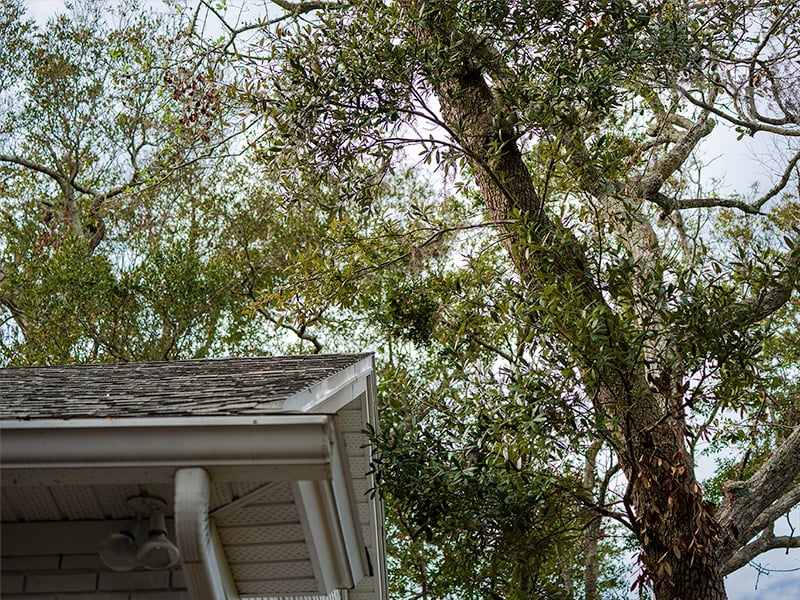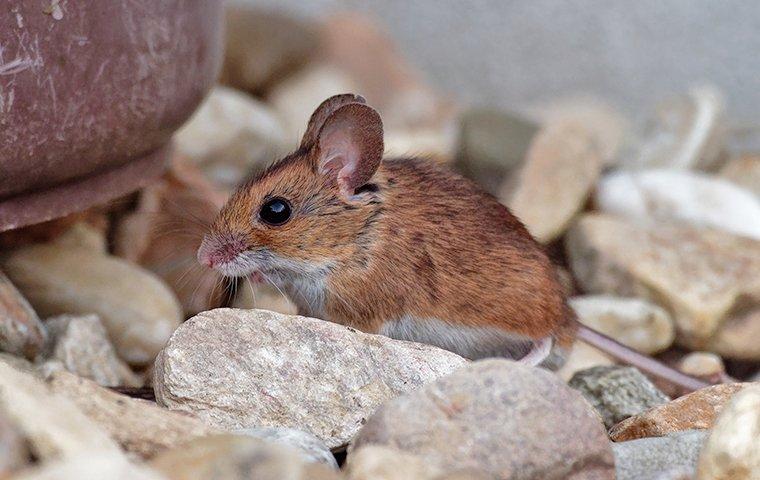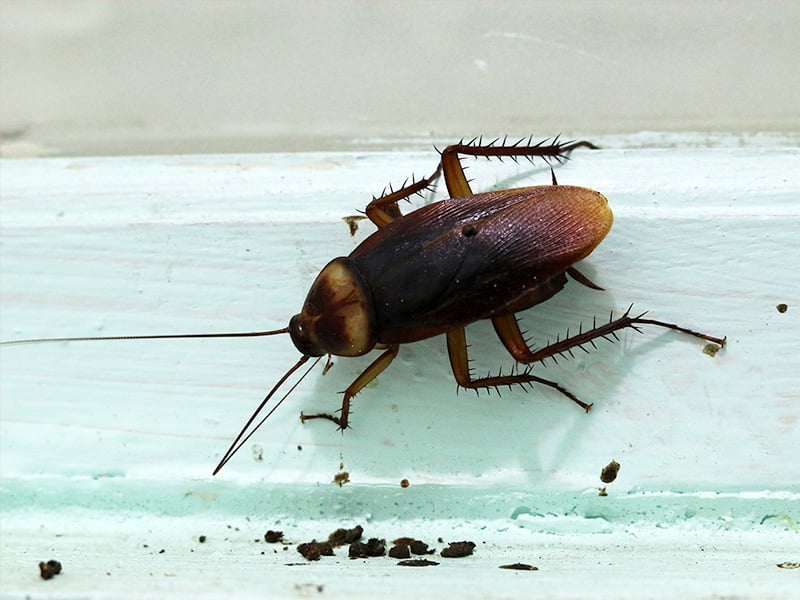A Homeowners Guide To Silverfish In Greater Jacksonville
Sep 6, 2024
Silverfish are common household pests in Greater Jacksonville and along the First Coast. While they don't pose direct threats to humans, they can be a nuisance and cause damage to items inside homes. Let’s look at what attracts silverfish to Florida homes, what attracts these pests, when property owners are more likely to see them, and how to prevent an infestation.

What are silverfish?
Silverfish (Lepisma saccharina Linnaeus) are about a half-inch to three-quarters of an inch long and have flattened, teardrop-shaped bodies with long antennae and bristle-like appendages at the ends of their tails. Their fast, wriggling movements give them a fish-like appearance. Silverfish are nocturnal, meaning they are most active at night and tend to hide in dark, damp, and secluded areas.
What attracts silverfish to Florida homes?
Here are a few reasons why silverfish find homes in our region so attractive:
- Humidity
Jacksonville and the First Coast have high humidity levels—in other words, our region is the perfect place for these moisture-loving pests. Silverfish thrive in environments with moisture and humidity, such as bathrooms, kitchens, and basements. - Food Sources
Silverfish feed on starchy substances like paper, glue, book bindings, wallpaper, and clothing made from natural fibers. They are attracted to homes with clutter, paper products, and fabrics. - Dampness
Homes with leaks, poorly ventilated areas, or excessive moisture offer perfect conditions for silverfish. Bathrooms, laundry rooms, and attics can provide the ideal environment for these pests.
When are silverfish most active in Florida?
Due to Florida's consistently warm climate, silverfish can be a year-round issue. However, they are especially noticeable when humidity levels are high because they provide the perfect conditions for silverfish to multiply.
Remember that silverfish are often spotted in homes during the cooler months when they seek warmth and shelter indoors.
Are they damaging pests?
Although silverfish don’t bite and are not medically important, they can damage belongings. These nuisance pests feed on the following:
- Books and papers
As noted above, silverfish are attracted to and feed on the glue and starch in books, papers, and wallpaper. - Clothing and fabrics
Items made from natural fibers such as silk, cotton, and linen can be damaged by silverfish feeding. - Stored items
Silverfish may invade pantries and damage stored food items, especially those containing carbohydrates like cereals, flour, and pasta.
While silverfish damage is usually cosmetic rather than structural, it can still be a frustrating problem for homeowners.
Where to look for silverfish in your home
Silverfish prefer dark, damp, and secluded areas. Common places to find them include, but are not limited to:
- Bathrooms
- Kitchens
- Laundry rooms
- Attics
- Crawl spaces
- Closets
- Under sinks
- Around pipes
- Inside cabinets
How to tell if your home has a silverfish problem
As you can imagine, nocturnal insects that only come out when people are asleep can be more challenging to identify. Knowing where they’re likely to be hiding doesn’t mean you’ll see them immediately. Here are some signs of a silverfish infestation to keep an eye out for:
- Shed scales in areas where they eat.
- Paper that appears to have a layer scraped away.
- Small, unconnected holes in clothing or fabric.
- Yellow stains on paper or cloth items.
- Feces on infested items that look like tiny pellets of black pepper.
Contact the pros at Lindsey Pest Services at the first sign of silverfish. The sooner we can eliminate silverfish from your home, the safer your belongings will be. Reach out today to learn more about our services or to schedule your free inspection.
Silverfish prevention tips
To prevent silverfish from infesting your home, it is vital to reduce and/or eliminate moisture sources, minimize food sources, and limit hiding places. With that in mind, we recommend the following silverfish prevention tips:
- Use dehumidifiers in damp areas like bathrooms and laundry rooms. Make sure your home is well-ventilated to reduce overall moisture levels.
- Repair any plumbing leaks, especially in areas prone to moisture issues.
- Seal cracks and gaps around windows, doors, and your home’s foundation where silverfish might enter.
- Install or replace worn-out weatherstripping.
- Declutter your home, paying particular attention to loose papers, cardboard boxes, and old books. Any items you want to hold onto should be stored in airtight plastic containers.
- Vacuum frequently and clean up crumbs or spills.
Keeping your home dry, clean, and clutter-free can significantly reduce the likelihood of a silverfish infestation.
Contact the local pest control pros for help getting rid of silverfish
Silverfish may not be dangerous, but they can become an annoying and destructive pest if left unchecked. With Greater Jacksonville and the First Coast’s humid climate, it’s a good idea to be proactive in preventing these pests from making your home their own. If you’ve spotted these bugs in your home, contact Lindsey Pest Services for help!
Our local, woman-owned pest control company offers effective home pest control services in Jacksonville, San Marco, St. Augustine, and elsewhere in our service area that eliminate and prevent silverfish infestations. Moreover, our residential plans stop other bugs and rodents from taking over!
Check out our plans and pricing below, or contact us to request an inspection.
One-Time Only Pest Service
What's Included: Covers One Individual Pest Concern
(Excludes Termites - Basic 60 Day Guarantee - Call For Details)
Call Today or Request Free Estimate








